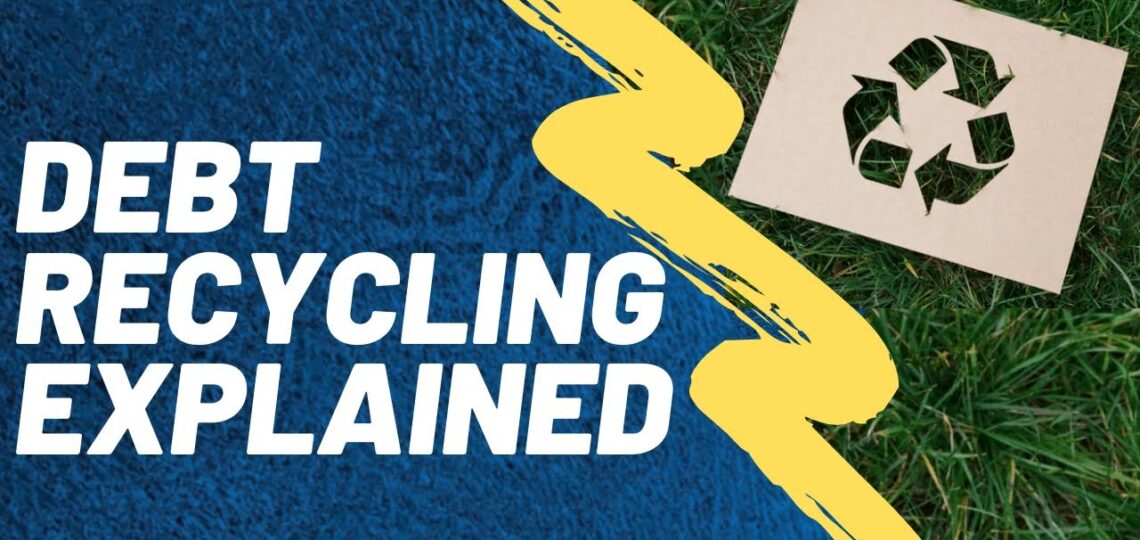In today’s fast-paced world, it is essential to continuously explore innovative ways to build wealth and secure our financial future. One such strategy gaining popularity is strategic debt recycling. This concept involves utilizing existing liabilities to create wealth opportunities, enabling us to generate income while reducing our debt burden simultaneously. In this article, we will…
professional buyer agencies

